The sound of October
In September I was away from the visitor centre quite a lot. When I came back at the end of it, a nice surprise awaited me, the first geese had arrived. Although I knew that they would be here, it was hard to believe that it is already that time of the year.
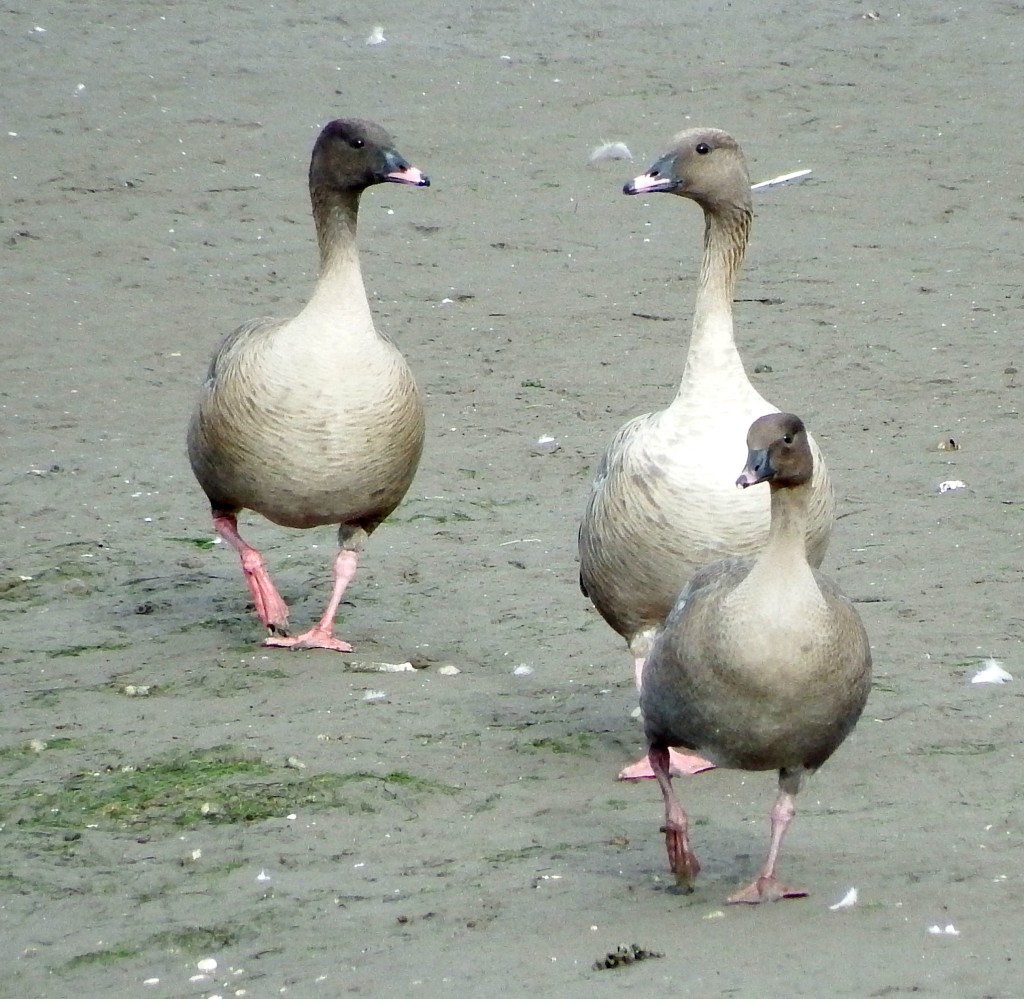
I think that the arrival of the geese can have a different effect on people. You can associate it with the cold and rainy weather and dark, early nights, but also it can mean beautiful coloured leaves on the trees. I personally have mixed feelings about autumn. Almost always I am a little bit sad that the summer is away, but sometimes I look forward to Christmas and New Year’s events.
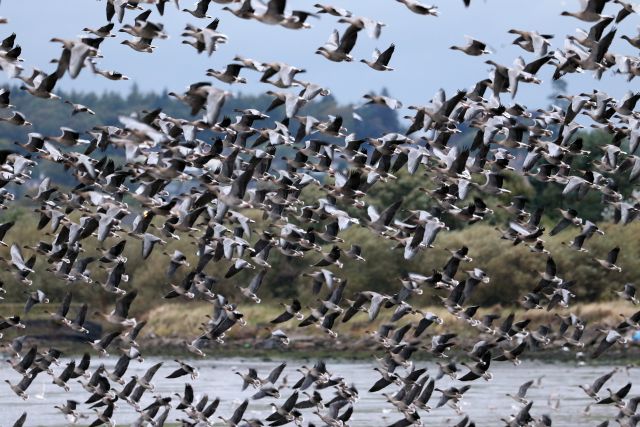
At Montrose Basin, we have the Pink-footed geese in high numbers. Last year their numbers were a new record for the reserve, 85,632! They are medium-sized geese with dark head and pink legs, as their name suggests. Since the 1950’s the number of these overwintering geese have increased in the UK. In October 2015 the UK census count recorded 536,871 Pink-footed geese. However, they are not the only species of geese that can be seen at the Basin.
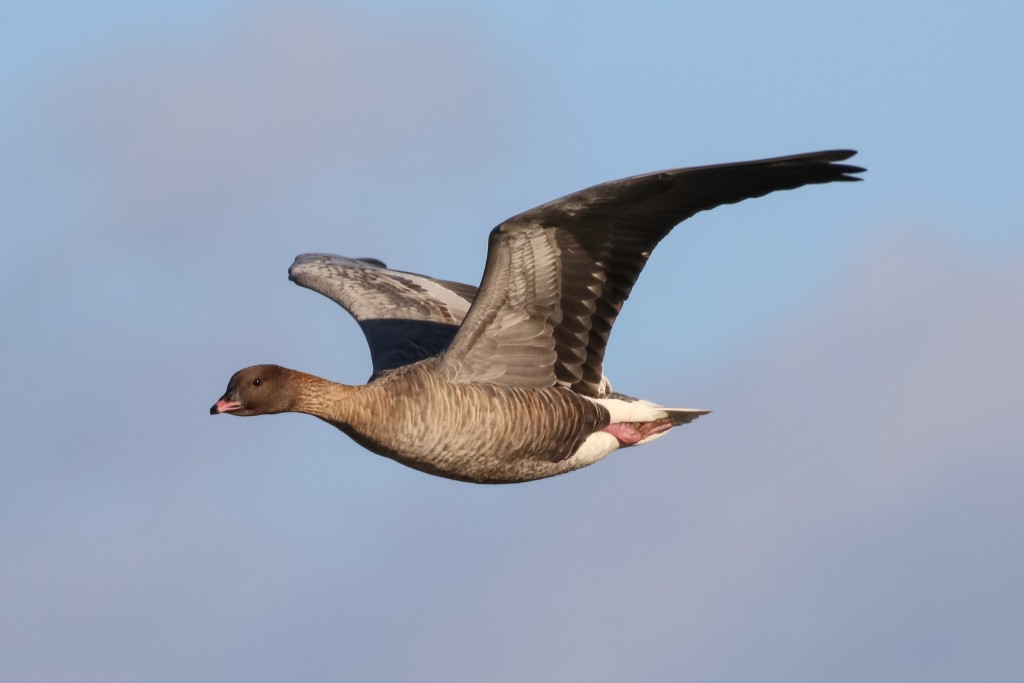
Pink-footed geese are similar to Greylag geese, except that their head and neck is darker and their bill is pink compared to the orange of the Greylag geese.
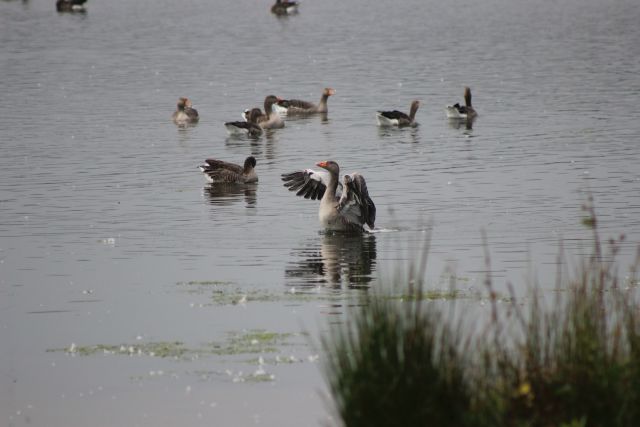
Barnacle geese and Canada geese are also similar. Canada geese have a smaller white patch on their head (a chin-strap), whereas the head of Barnacle geese have a white face mask.
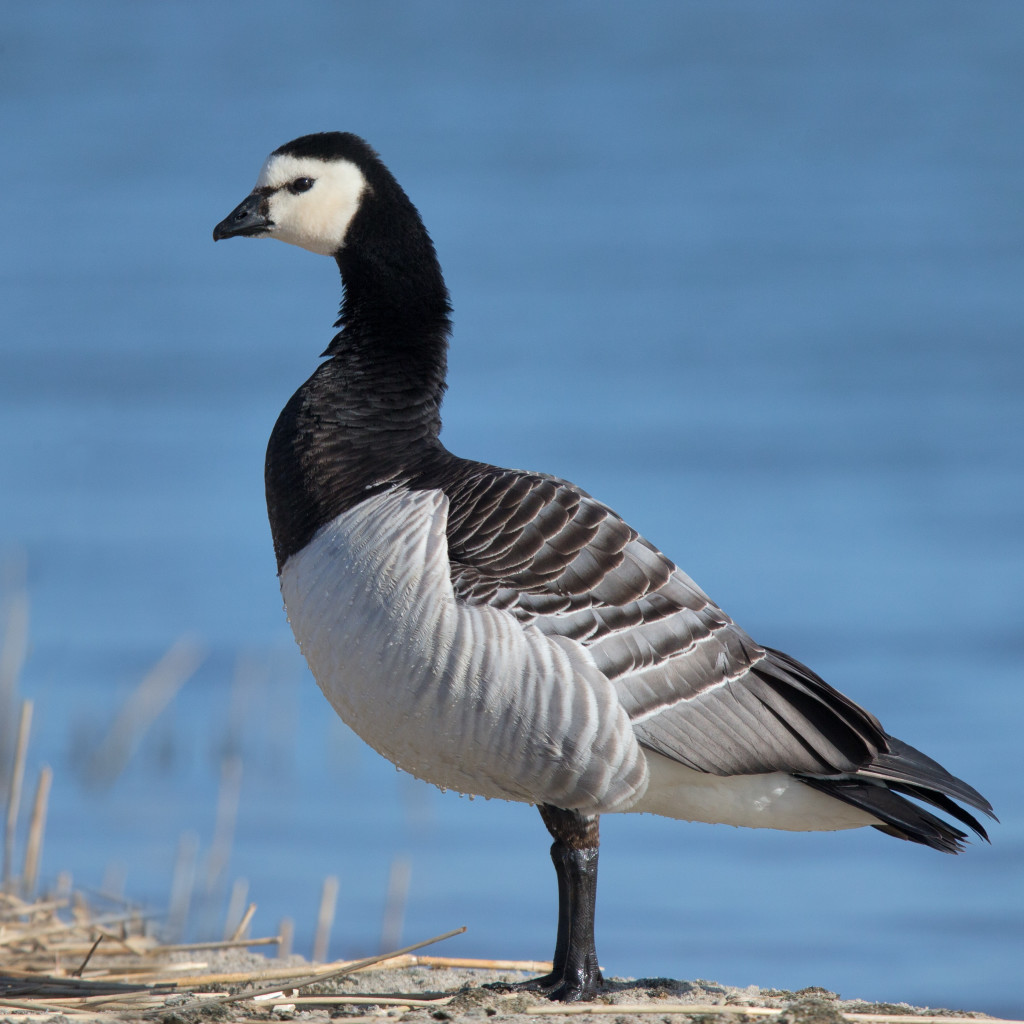
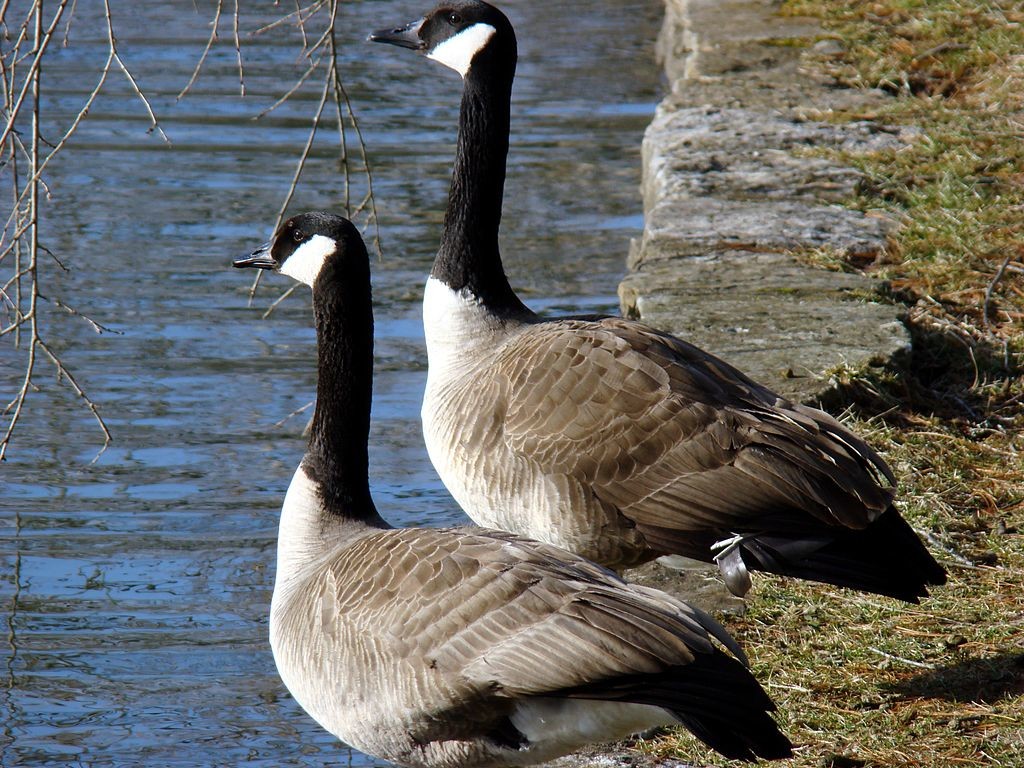
The Pink-footed geese arrive here from Iceland and Greenland in September. Usually they spend a couple of weeks feeding in the area before moving further south, most of them to Norfolk area. They leave to feed in the stubble fields in the area at dawn, travelling up to 20 km to get there. At dusk, they come back to the Basin to roost. However, sometimes a few of them stay at the Basin during the day. They can be seen well from the Tayock Hide, because their roosting place is near to it. At this time of year this bird hide is well worth a visit.
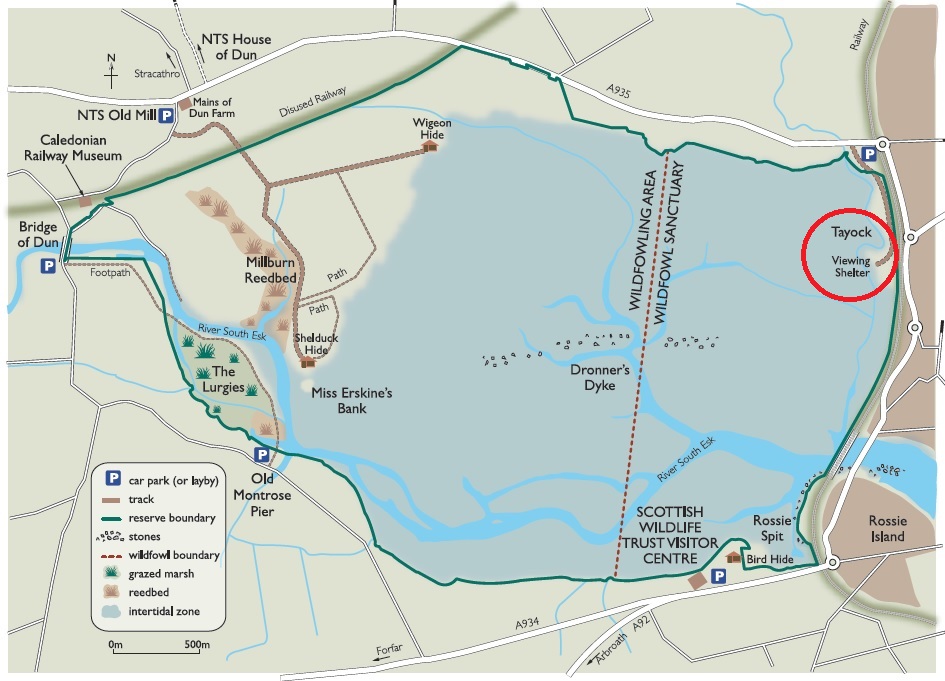
Now, while walking to and from work, I can hear the sound of the thousands of geese. The next challenge for me is going to be, to distinguish between the sounds of the different species. I hope that after listening to the Pink-footed geese for months, I will be able to recognise them. Until then, I will fall asleep to their sound every night.
Noémi Menczelesz – European Volunteer
Help protect Scotland’s wildlife
Our work to save Scotland’s wildlife is made possible thanks to the generosity of our members and supporters.
Join today from just £3 a month to help protect the species you love.
Preface
In September I was away from the visitor centre quite a lot. When I came back at the end of it, a nice surprise awaited me, the first geese had …
